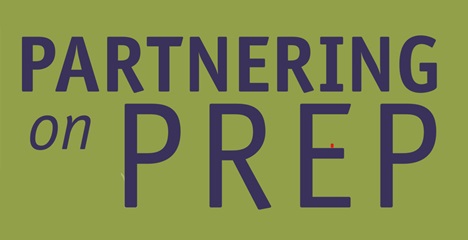Dear Commons Community,
Teachers’ unions are now putting their own spin on an often-criticized component: teacher preparation.
The Washington Education Association is in its first year of overseeing a teacher residency program, in which aspiring teachers receive on-the-job training (and a paycheck) while they earn their teaching license. It’s the first—and so far, only—preparation program in which a union is taking the lead role in credentialing teachers, although other state unions are interested in following suit. As reported in Education Week .
Teacher residencies have become increasingly popular at colleges and universities, school districts, and nonprofits, and have been supported by federal grants. Some of those efforts have partnered with teachers’ unions, but the unions had not taken a lead role until now.
But the conditions are ripe for more to follow in WEA’s footsteps: Teacher shortages in certain fields are continuing to plague schools; new sources of federal funding are available; and teachers’ unions are looking for ways to bolster their own membership.
“Unions have been trying to find ways to engage members, and to innovate, and I think this is a natural avenue to pursue,” said Bradley Marianno, an associate professor of educational policy and leadership at the University of Nevada, Las Vegas. He expects to see more state teachers’ unions adapt the residency model, either by themselves or with a university partner.
After all, this can double as an organizing strategy at a time when teachers’ unions have been hit with legal and legislative challenges to how they recruit and retain members, he said.
“They are in front of these new teachers and can pitch the benefits of the union,” Marianno said.
In the WEA’s residency program, the residents are union members and are covered by a collective bargaining agreement as they earn their teaching certificates.
“Being able to bargain for them, being able to make sure they get all of that bargaining power as a member when they are a resident, I think, is significant,” said Annie Lamberto, the special populations coordinator for WEA who supervises the program.
Also significant: A union-led residency program is designed for and by teachers, she said.
“Everyone that is involved in our program are current members of WEA, and they’re in the classroom,” Lamberto said. “It doesn’t have that disconnect that you can sometimes find in other teacher-prep programs. … Every single thing we do in our coursework has a direct thread to classroom activities—we don’t make them do anything in our [coursework] that they don’t actually have to perform.”
How Washington’s union-led residency got started
A couple years ago, Washington state schools began relying on record-breaking numbers of emergency substitutes, who aren’t required to have a background in education or a bachelor’s degree.
That pattern was “one of the health indicators that our system is struggling in terms of educator shortages,” said Jim Meadows, the dean of educator career pathways at the WEA.
Chris Reykdal, the state superintendent of public instruction, asked WEA to develop training and support for the emergency substitutes—and create a pathway for teacher certification, Meadows said.
Trade unions in other fields have long run programs to train future workers and supply a pipeline of dues-paying members. And teachers’ unions have long offered professional development, including the clock hours teachers need to maintain their licenses.
“As an organization, we had a strong track record for providing high-quality, relevant, practitioner-led professional learning,” Meadows said.
The WEA received $10.7 million in federal pandemic-relief money from the state, with $6.6 million of it allocated for the union to build and launch a teacher residency program. The first cohort of residents started last year and will graduate in August with their teaching certificate with a special education endorsement.
There are 16 residents in the first cohort who are working in three school districts. The WEA expects to grow to about 30 residents and nine school districts for its second cohort, which will start in June.
The residents are primarily former paraeducators and substitute teachers. They already have bachelor’s degrees, which gives WEA more flexibility: “We do not see our space as being degree-conferring,” Meadows said.
While designing the program, the WEA participated in the National Center for Teacher Residencies’ Residency Design Academy, a consulting service that included a facilitated site visit to another residency to see the work in action.
It was the first time the NCTR worked closely with a union-led teacher residency, said Kathlene Holmes Campbell, the center’s chief executive officer. There’s a lot of opportunity in this space, she said, adding that teachers’ unions are “well positioned” to run such programs, given their experience offering professional learning opportunities to their members.
But in general, it might be beneficial if unions work with an institution of higher education to offer participants a chance to earn a bachelor’s or master’s degree, Campbell said. Creating a pathway to a degree can help attract more diverse candidates.
This sounds like a good idea!
Tony



